Garden
All Garden Content
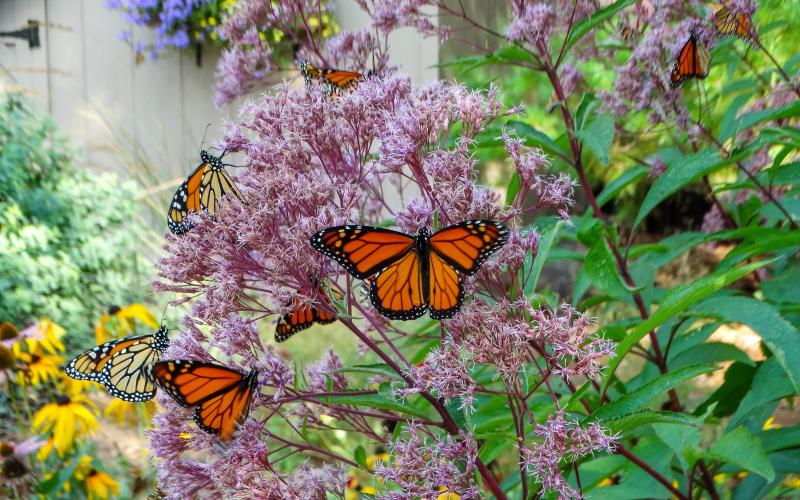
SDSU Extension Master Gardener Club Guidebook
Guidebook for SDSU Extension Master Gardener Clubs
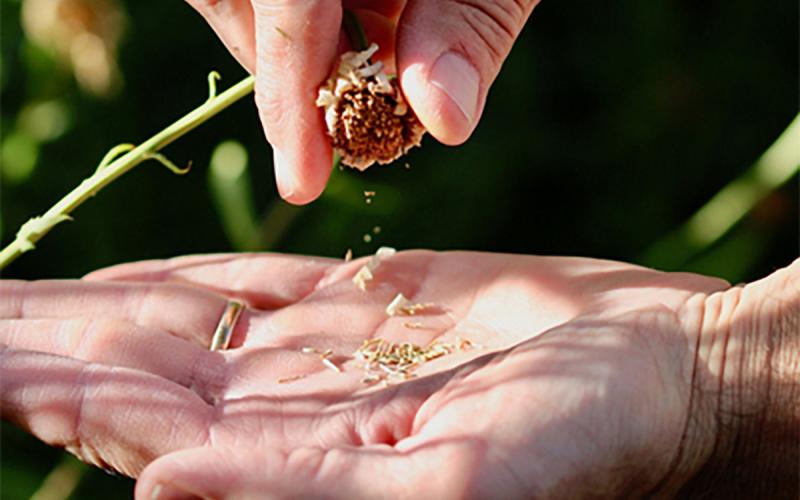
Saving Seed: Will the seed produce plants similar to the plant it was collected from?
It can be very rewarding to harvest and save seed of ornamental and vegetable plants. But why is it that sometimes when we plant the seed we saved, the results do not seem to be very like the plant we collected the seed from?
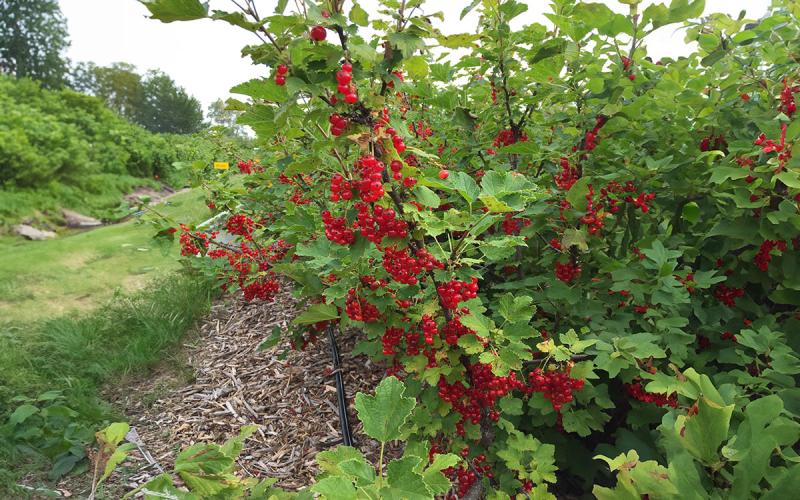
Currants: How to Grow It
Currants are small shrubs that can provide fruit even in partially or lightly shaded locations. Learn some expert tips for planting, growing, and harvesting them in this resource!
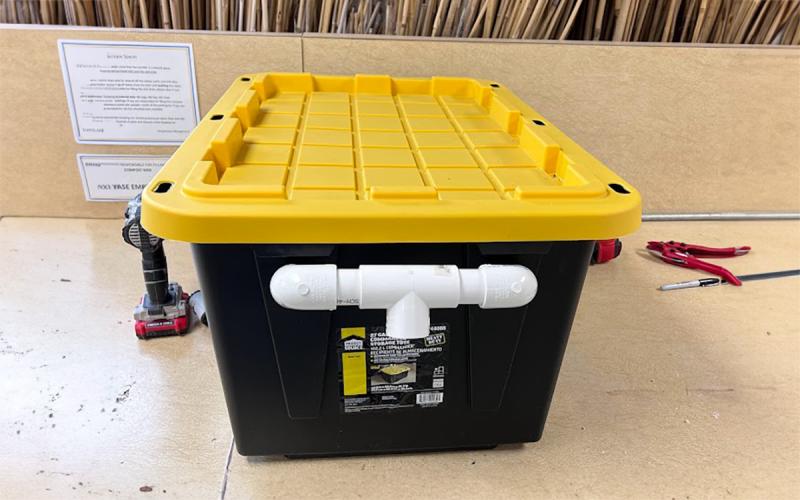
Insect Bioconversion: How to Compost With Black Soldier Flies
Much like composting, black soldier flies can be used in a rearing container to convert organic matter into nutrient-rich food, which can then be used in your garden. Learn how to construct a rearing container with this step-by-step guide!
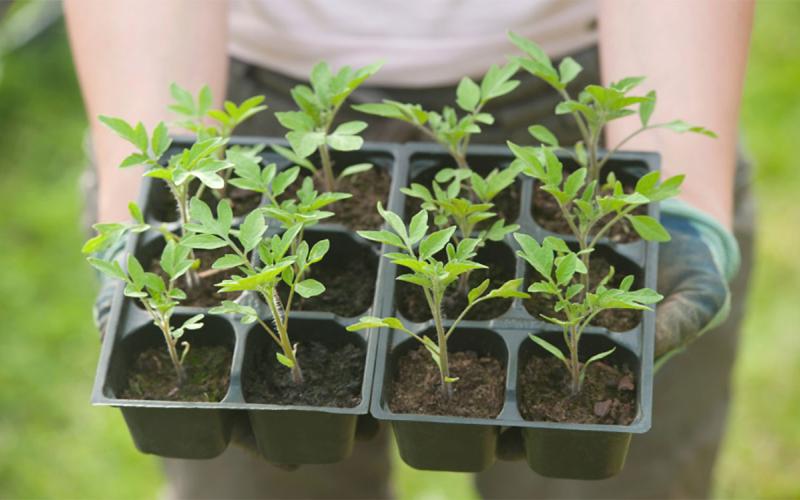
When Should I Plant My Warm-Season Vegetables?
Knowing when to plant warm-season vegetables can be a challenge in South Dakota when there are dramatic temperature swings each spring. Learn some expert tips for getting started!
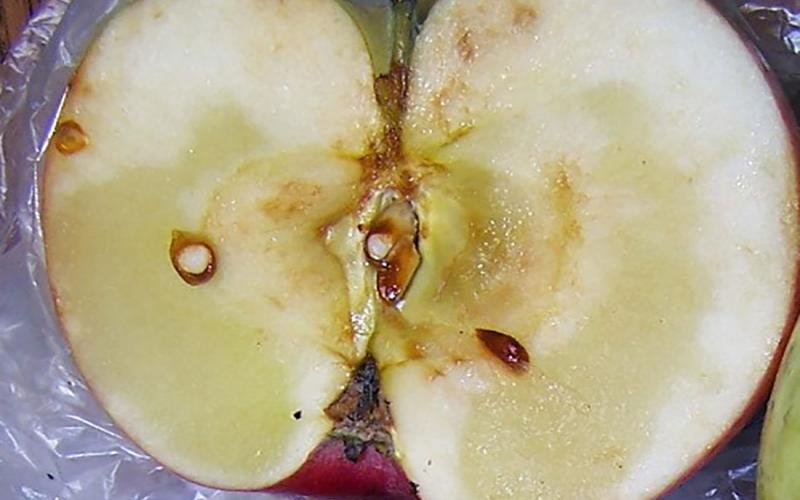
Picking and Storing Apples and Pears
Apples and pears are rewarding fruit to grow. Picking them at the right time and storing then under the proper conditions will enhance their flavor and help them last into the fall and winter.
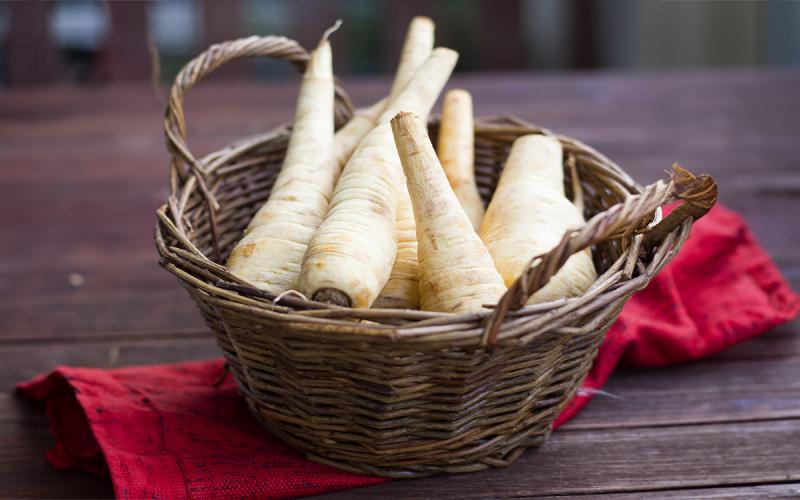
Parsnips: How to Grow It
Parsnips are one of the less-common root crops, closely related to carrots and parsley. Learn some expert tips for planting, growing, and harvesting parsnips in this resource!

SDSU Extension, McCrory Gardens to host 7th annual Insect Festival
August 13, 2024
The seventh annual Insect Festival is from 1 to 4 p.m. CDT on Sept. 7, 2024, at McCrory Gardens in Brookings. There will be garden tours, interactive insect education, an insect costume parade, crafts and edible insects.

Learn about cut flower production in high tunnels with SDSU Extension
August 09, 2024
South Dakota State University Extension will host a High Tunnel and Cut Flower Field Day for anyone who would like to learn more about growing cut flowers outdoors and under protective tunnels.
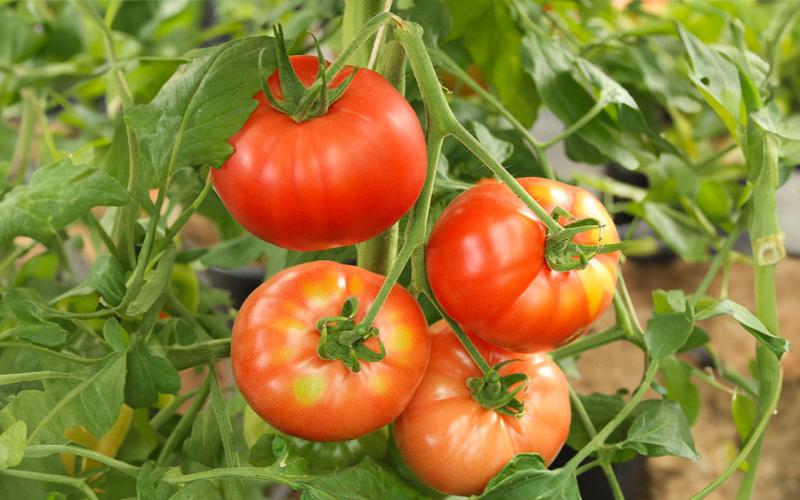
Will Heat Make My Tomatoes Ripen Faster?
Are you wondering why your tomatoes won’t ripen? Have you heard that heat will make them ripen faster? Learn some answers to commonly told myths about tomatoes.